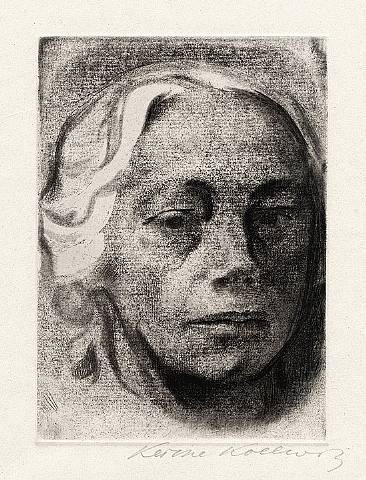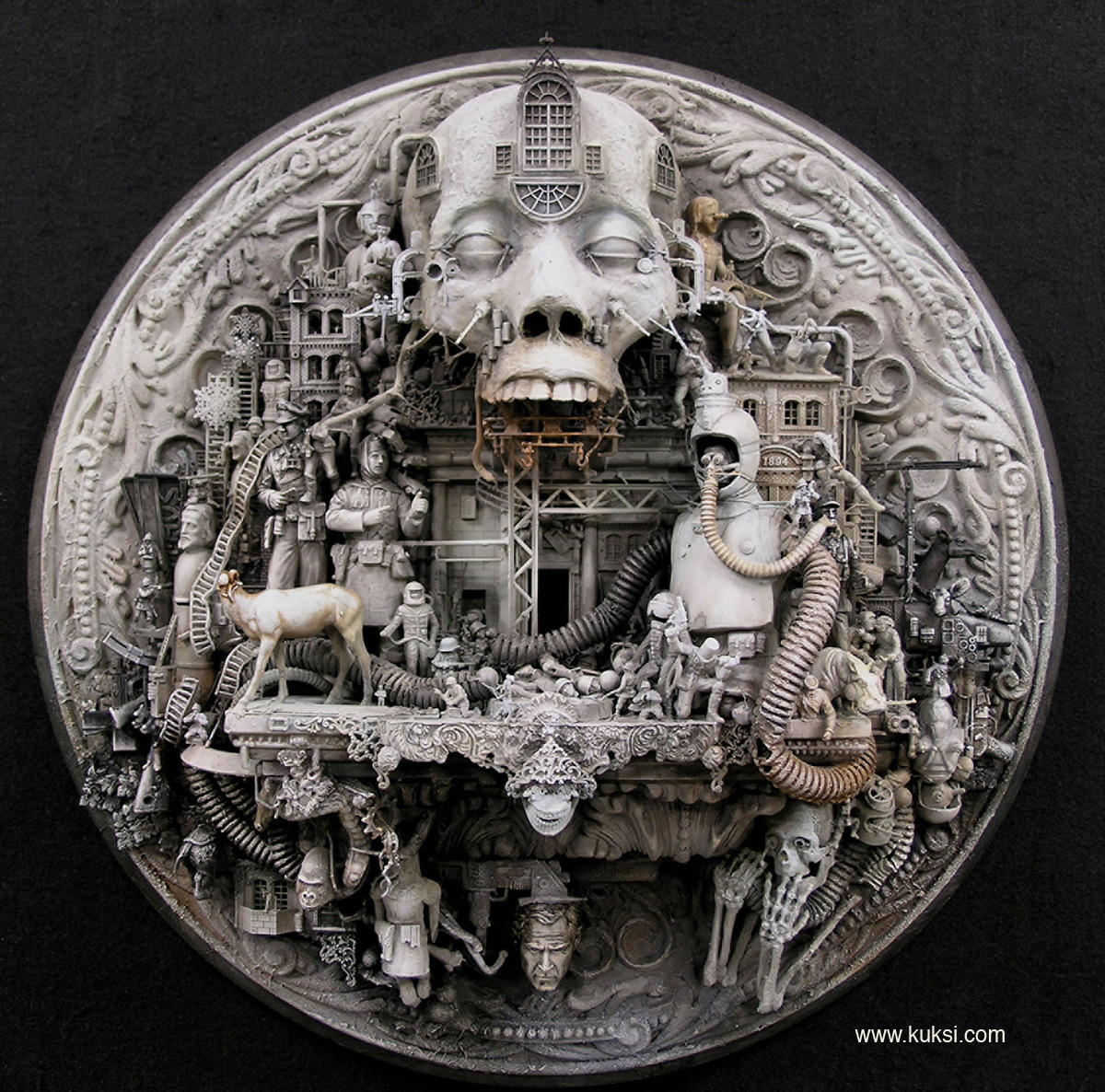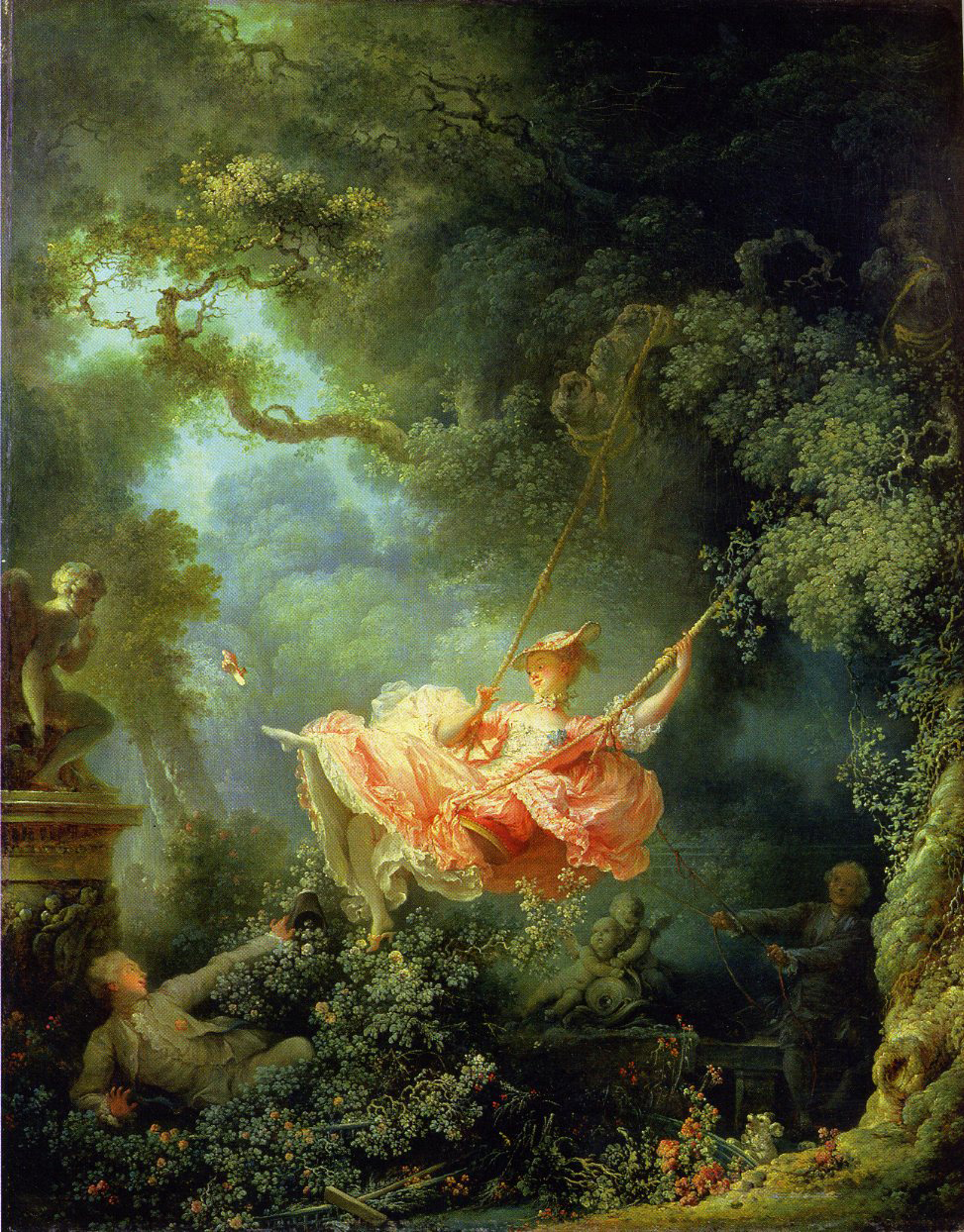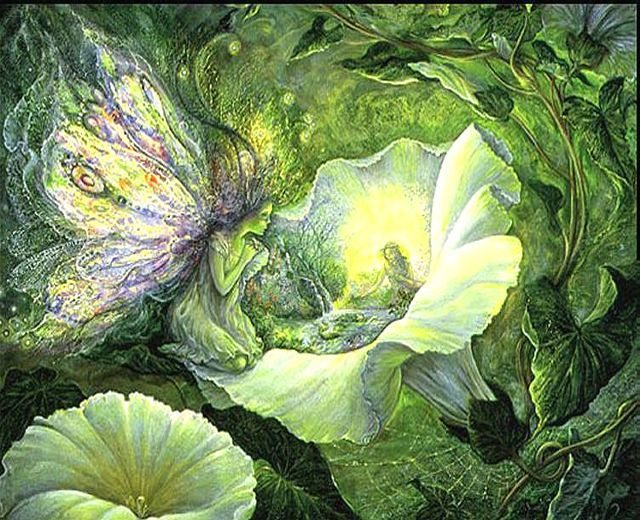Roots
A woman lies across a barren desert ground over a cracked part of the earth. She has thick black hair and eyebrows, and dawns a blinding bright orange dress. And from her center, thick, green, leafy vines emerged from within her, enveloping her, yet her expression remains neutral. This is one of Frida Kahlo’s pieces appropriately named Roots, painted in1943. In the painting Roots, Frida Kahlo uses a barren background, contrasting colors and seamless movement to convey the feeling of being emotionally trapped inside one’s self. The barren backgrounds representing isolation, and contrasting color bring a focal point to the woman, and the movement showing the entrapments of one self.
The barren background shows a vast lot of isolation that’s a part of being trapped inside’s oneself. It’s simply a mauve, brown, putrid green sort of coloring and looks like a desert or tundra of sorts, it’s not flat nor is it mountains but the terrain is clearly worn. Besides for this woman, this place is completely empty and alone. It represents that when one feels trapped inside them self, they are completely alone. Or so they feel usually in the reality of the actuality that this painting represent. Like the world, the background and crevice of the earth is still there almost ignoring this one woman who is contained by these vines. But the woman is completely ignoring that fact herself and doesn’t seem to care about that, among other things at least. Her entire being in the painting is almost transparent about and you can even see the background, peering through the whole in her. This effectively conveys the surroundings of being trapped insides one self.
There are also the bright and neutral colors, that contrast each other, on the piece also stand out. The almost entire neutrality of the painting once again combines with the feeling of nothingness and isolation. It isn’t bleak but it’s not pleasant neutrality either. Yet the bright orange keeps the focal point on the woman lying there along with the vines that keep her rooted and trapped to the ground. Even though there’s a strong orange, there’s still a transparency to it, for you can see a bit of a background and also the roots of the vines that entrap the woman to the ground. This clearly figures into the entrapment of inside oneself; how there always seems to be more than yourself.
Finally there is the seamless movement in the painting. Mostly from the vines that seem to continue to grow from the woman’s body, wrapping her up. Yet there is also the lack of movement in the woman as she simply lies there while this goes on. She just seems to be almost accepting the fate that is coming upon her. Yet the red veins on the vines spring off the vines roots deeper into the ground, sealing her in completely. There doesn’t seem a way out from one’s own self entrapment, and it is something that one lets happen to him or her. The movement of the vines is seamless, but everything else is just so silently still.
This painting has entirely too much to offer when dealing with what she deals with. This though is simply one possible interpretation of the complexity in the entire. That said, it has to be noted that is speaks within the reality of something that one is very likely to feel at one point in another but it is explained mostly in fantastical terms. The problem conveyed is a feeling and an emotion. And these feelings and emotion, one can barely really explain in words. It’s hard to convey the loneliness, and hopelessness in just words. These feelings can only be explained by the piece, Roots.






